Home>Technology>Home Entertainment Systems>When Was The Boombox Invented
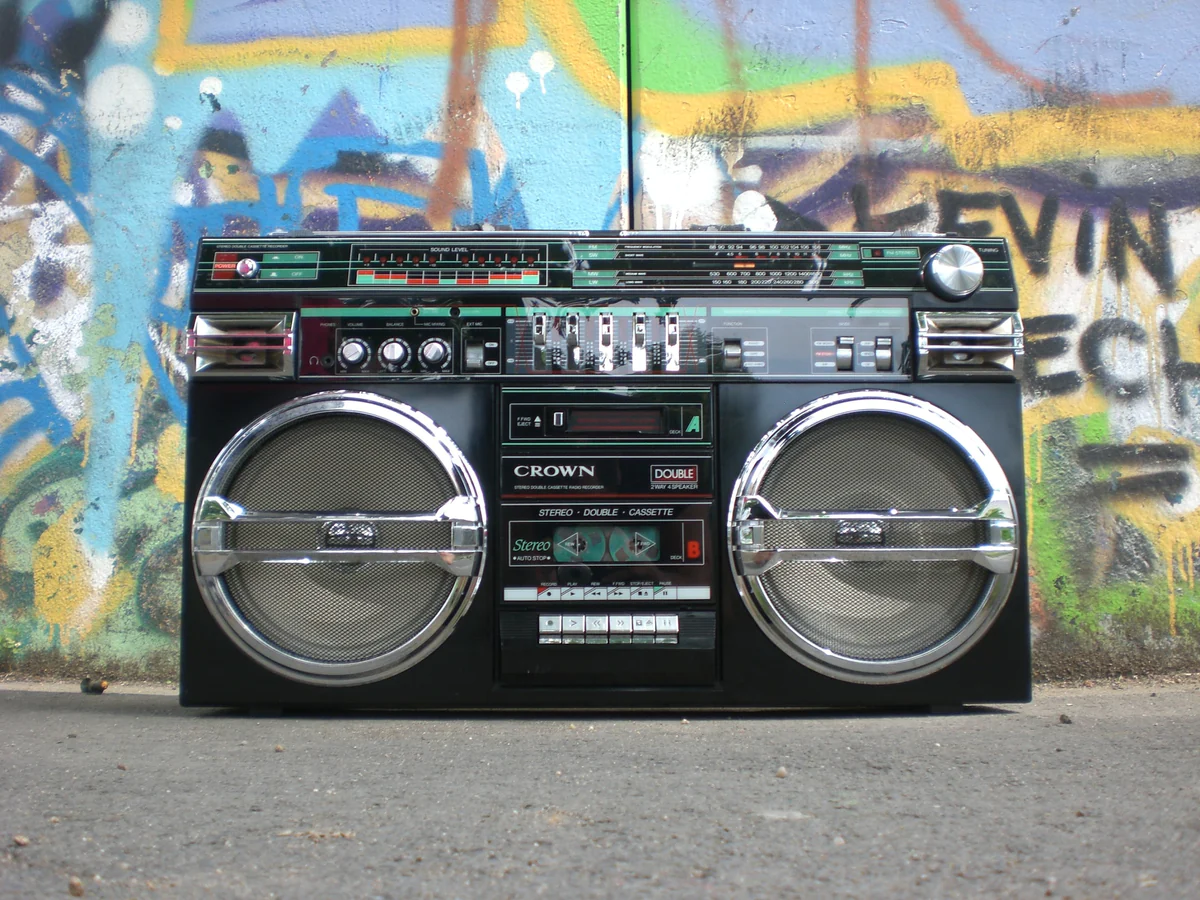

Home Entertainment Systems
When Was The Boombox Invented
Modified: March 2, 2024
Learn about the history of the boombox, a revolutionary home entertainment system that changed the way we listen to music. Discover when the boombox was first invented and its impact on modern audio technology.
(Many of the links in this article redirect to a specific reviewed product. Your purchase of these products through affiliate links helps to generate commission for Storables.com, at no extra cost. Learn more)
**
Introduction
**
Welcome to the fascinating world of home entertainment systems, where the evolution of music players has revolutionized the way we enjoy our favorite tunes. In this article, we will embark on an exhilarating journey through time to explore the birth of a cultural icon – the boombox. As we delve into the history of portable music players, we will uncover the pivotal moments that led to the creation of this beloved device and examine its enduring impact on music culture and society. Join us as we unravel the captivating story of the boombox and its indelible imprint on the world of home entertainment.
Key Takeaways:
- The boombox, invented in the 1970s, revolutionized music culture by empowering people to carry and share their favorite tunes, shaping the evolution of home entertainment and uniting diverse communities through music.
- The boombox’s impact on democratizing music, shaping music genres, and becoming a fashion statement left an indelible mark on society, showcasing the enduring power of music to transcend boundaries and foster connections.
Read more: When Was The Bathtub Invented
The Early Development of Portable Music Players
Before the advent of the boombox, the evolution of portable music players traces back to the late 19th century with the invention of the phonograph. This groundbreaking device, developed by Thomas Edison in 1877, marked the genesis of recorded music. Over the decades, technological advancements paved the way for more compact and portable music players, leading to the introduction of the transistor radio in the 1950s.
The 1960s witnessed a significant milestone with the introduction of the portable cassette player, commonly known as the “cassette deck.” This innovative device allowed music enthusiasts to enjoy their favorite albums on the go, ushering in a new era of musical mobility. As the demand for portable music players surged, manufacturers began refining and enhancing the design and functionality of these devices, setting the stage for the emergence of the iconic boombox.
Throughout the 1970s, the development of portable music players accelerated, with a focus on creating more powerful sound systems in compact, portable formats. This era saw the integration of cassette players with larger speakers and amplifiers, laying the groundwork for the boombox’s eventual rise to prominence. As technology continued to evolve, the stage was set for the boombox to make its grand entrance and forever change the landscape of portable music entertainment.
The Birth of the Boombox
The 1970s marked a pivotal moment in the history of home entertainment with the introduction of the boombox, also known as the “ghetto blaster” or “jambox.” This iconic device represented a revolutionary fusion of portability, powerful sound, and distinctive style, capturing the essence of urban culture and music appreciation.
The boombox’s design was characterized by its dual cassette decks, AM/FM radio tuner, and powerful built-in speakers, all housed within a sturdy and often flamboyant exterior. Its portability was a defining feature, allowing users to carry their music with them and share their favorite tunes with others, effectively transforming any space into a vibrant, impromptu dance floor.
One of the key catalysts behind the boombox’s meteoric rise was its widespread adoption by urban youth and hip-hop enthusiasts. The device became synonymous with street culture, empowering individuals to express their musical tastes and personal style while fostering a sense of community through shared music experiences. From block parties to street corners, the boombox became an emblem of self-expression and a catalyst for social connection.
As the boombox gained popularity, it made a profound impact on popular culture, influencing music, fashion, and even film. Its iconic presence in films such as “Do the Right Thing” and “Say Anything” solidified its status as a cultural phenomenon, further embedding its legacy in the fabric of society.
The boombox’s influence extended beyond its role as a music player; it became a symbol of empowerment and cultural identity, transcending geographical boundaries and uniting diverse communities through the universal language of music. Its enduring legacy continues to resonate in the annals of music history, immortalizing its impact on the evolution of home entertainment and the collective human experience.
The boombox was invented in the late 1960s, with the first commercially successful model, the Sony CFS-1055, released in 1975.
The Impact and Legacy of the Boombox
The advent of the boombox heralded a paradigm shift in the realm of home entertainment, leaving an indelible mark on music culture and societal dynamics. Its impact reverberated across multiple facets of human experience, shaping the way people interacted with music and each other.
One of the most profound effects of the boombox was its role in democratizing music. By enabling individuals to carry their music anywhere, the boombox empowered people to curate their sonic environments and share their favorite tracks with others. This newfound mobility and communal music experience fostered a sense of inclusivity and connection, transcending social barriers and uniting diverse communities through the universal language of music.
Furthermore, the boombox played a pivotal role in shaping the evolution of music genres, particularly in the realm of hip-hop and rap. Its portability and powerful sound system made it an indispensable tool for DJs and aspiring artists, serving as a platform for musical expression and the dissemination of emerging sounds. The boombox became an emblem of urban culture, influencing the creative landscape and contributing to the proliferation of new musical movements.
From a fashion standpoint, the boombox became a style statement, reflecting individuality and urban flair. Its bold, eye-catching designs and prominent presence in public spaces became synonymous with self-expression and cultural identity, transcending mere functionality to embody a powerful symbol of personal empowerment.
The legacy of the boombox extends beyond its cultural impact, permeating the realms of technology and design. Its innovative features and compact yet powerful form factor laid the groundwork for future advancements in portable audio technology, influencing the development of modern-day portable speakers and music players. The boombox’s enduring legacy serves as a testament to its lasting influence on the evolution of home entertainment systems and consumer electronics.
While the heyday of the boombox may belong to a bygone era, its legacy continues to resonate in contemporary music culture and the collective memory of those who experienced its transformative influence. Its enduring impact serves as a testament to the power of music to shape culture, foster connections, and transcend societal boundaries, leaving an indelible imprint on the tapestry of human experience.
Conclusion
The boombox stands as a testament to the transformative power of music and technology, leaving an indelible imprint on the fabric of culture and society. From its humble origins as a portable music player to its iconic status as a cultural phenomenon, the boombox transcended its utilitarian function to become a symbol of empowerment, self-expression, and communal connection.
Its impact on music culture, fashion, and societal dynamics reverberates through time, serving as a reminder of the profound influence of portable music players on the human experience. The boombox’s ability to unite diverse communities through shared music experiences and its role in shaping the evolution of music genres underscore its enduring legacy as a cultural icon.
While the era of the boombox may belong to a bygone time, its influence continues to resonate in the collective memory of music enthusiasts, urban culture aficionados, and technology enthusiasts alike. Its innovative design and powerful sound system have left an indelible mark on the evolution of home entertainment systems, paving the way for future advancements in portable audio technology.
As we reflect on the captivating journey of the boombox, we are reminded of its profound impact on the way we experience and share music. Its legacy serves as a testament to the enduring power of music to transcend boundaries, foster connections, and shape cultural narratives, leaving an everlasting imprint on the tapestry of human history.
So, as we bid adieu to this iconic device, we carry with us the echoes of its influence, forever woven into the fabric of music culture and the collective memory of those who reveled in its vibrant, pulsating rhythms. The boombox may have been a product of its time, but its legacy lives on, a timeless reminder of the unifying power of music and the enduring spirit of human creativity.
Frequently Asked Questions about When Was The Boombox Invented
Was this page helpful?
At Storables.com, we guarantee accurate and reliable information. Our content, validated by Expert Board Contributors, is crafted following stringent Editorial Policies. We're committed to providing you with well-researched, expert-backed insights for all your informational needs.



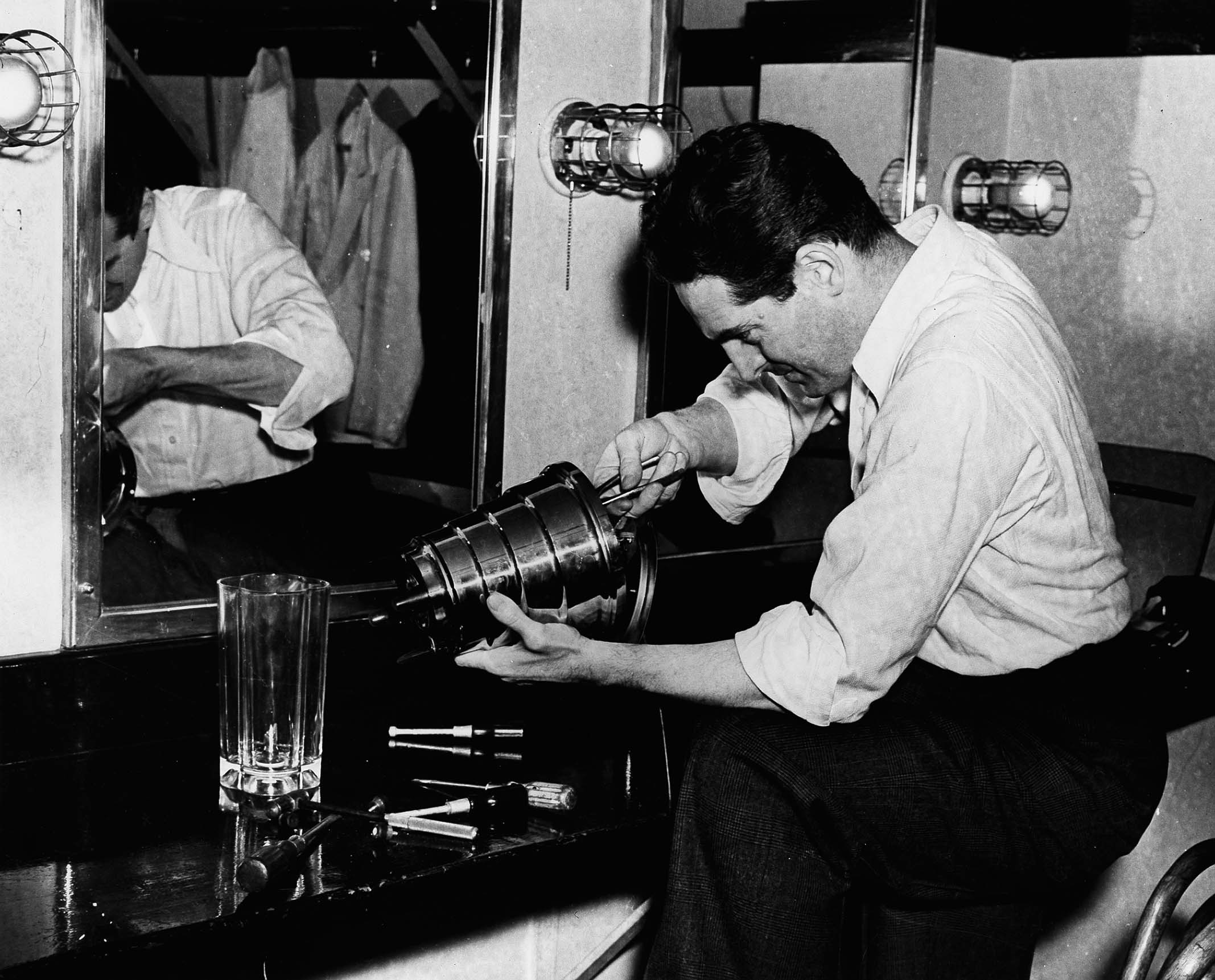


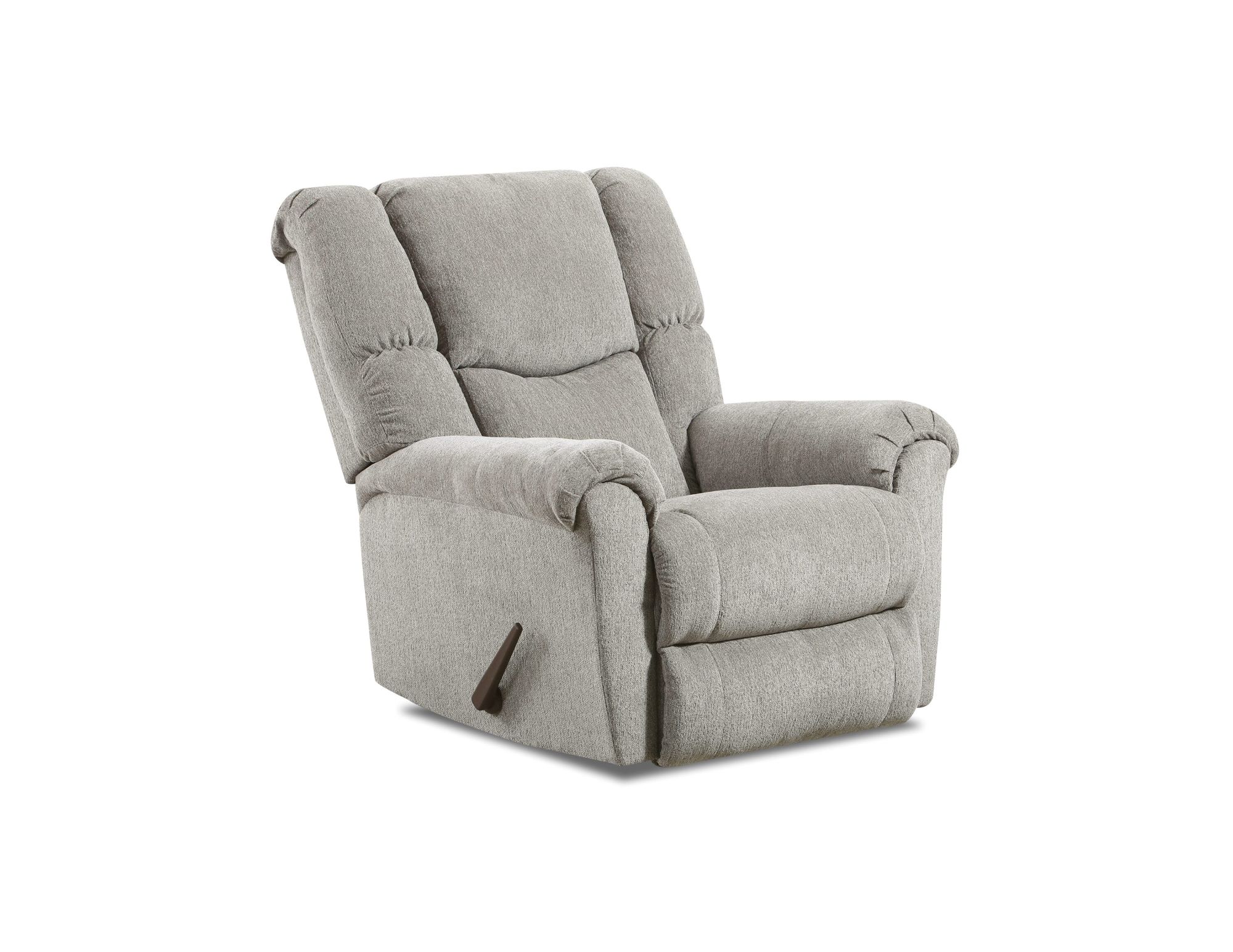




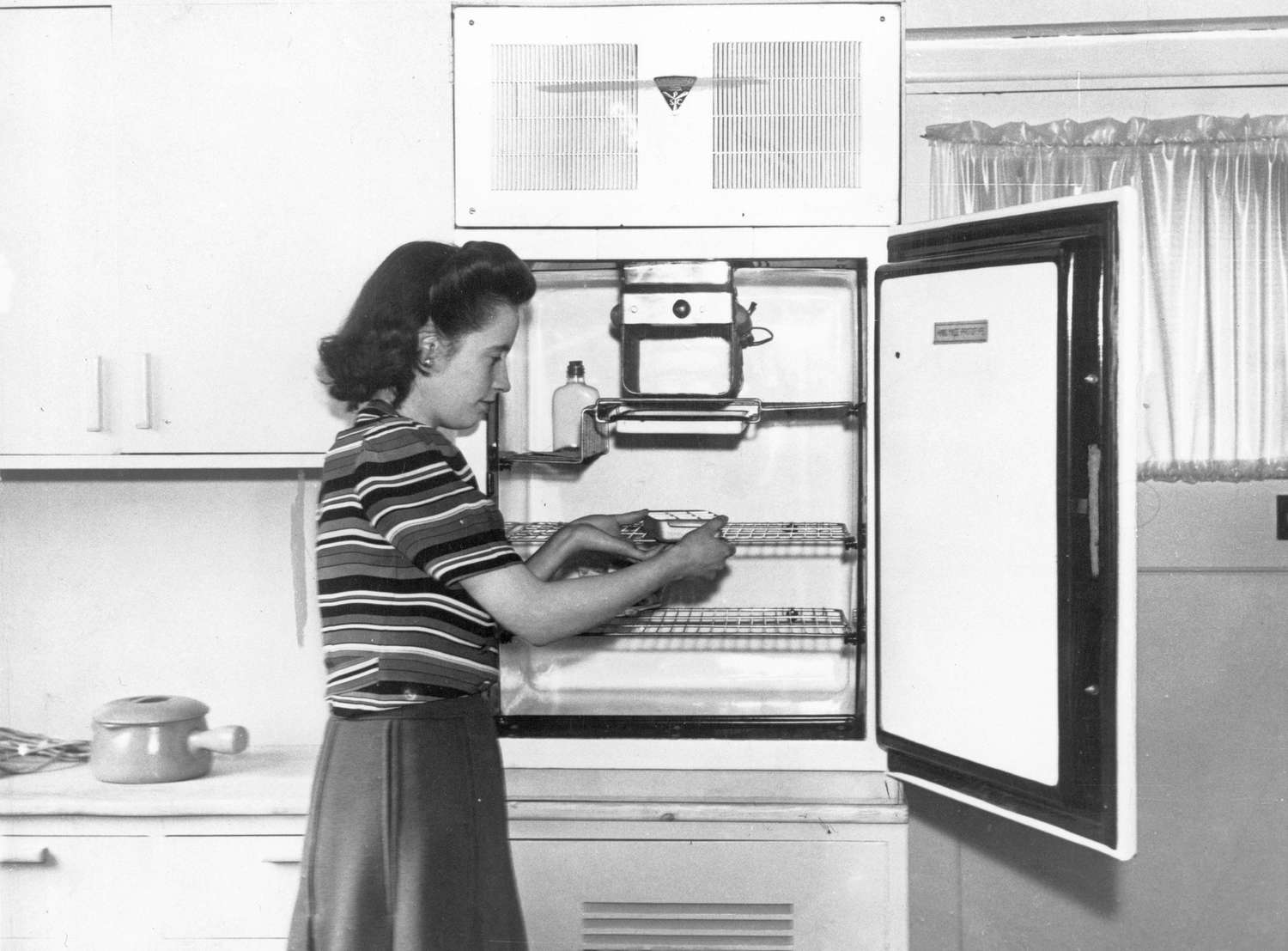


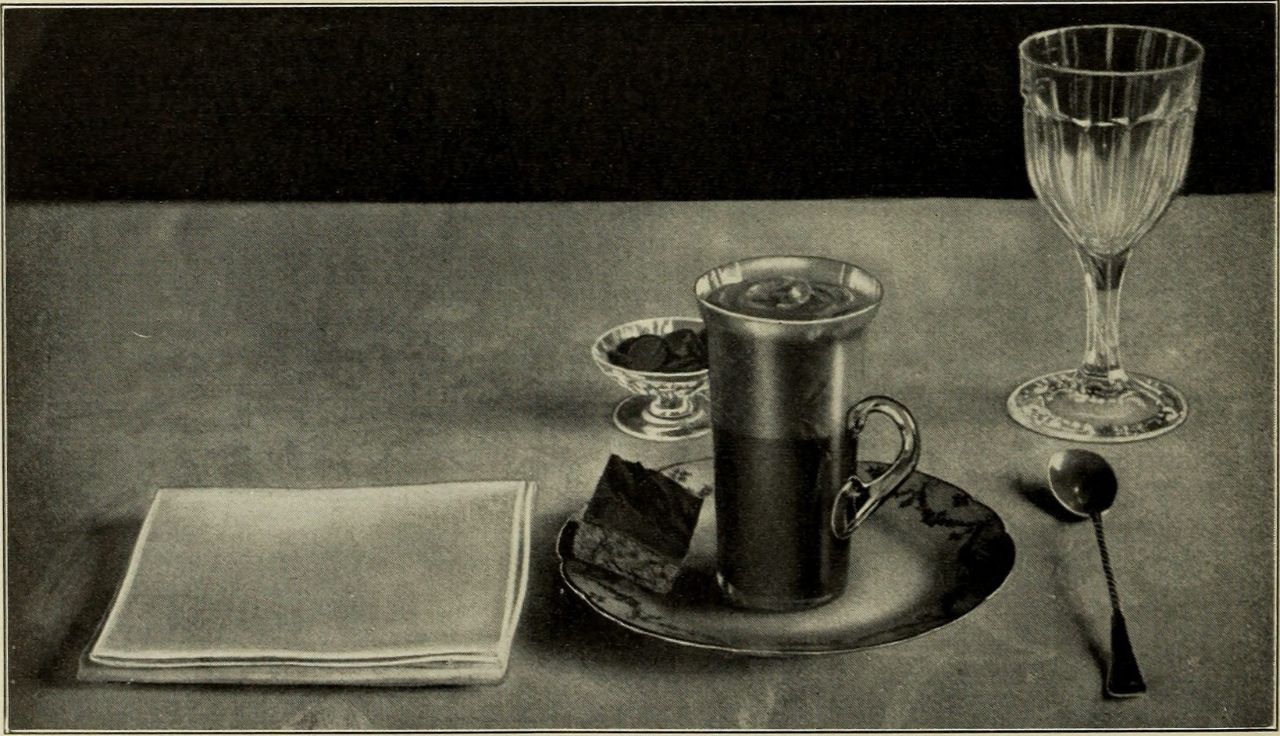

0 thoughts on “When Was The Boombox Invented”